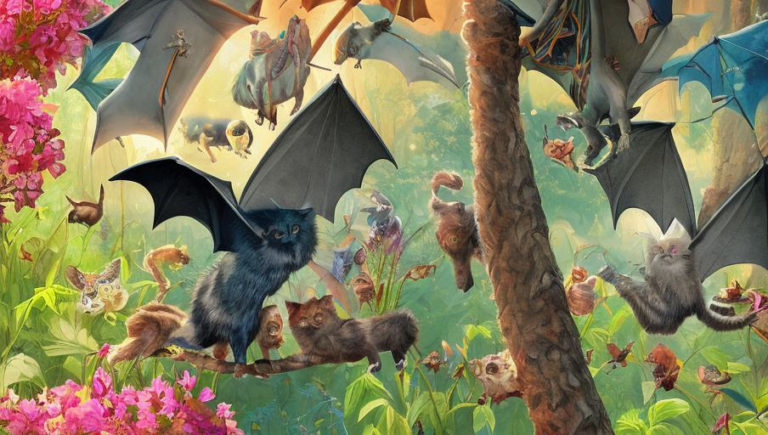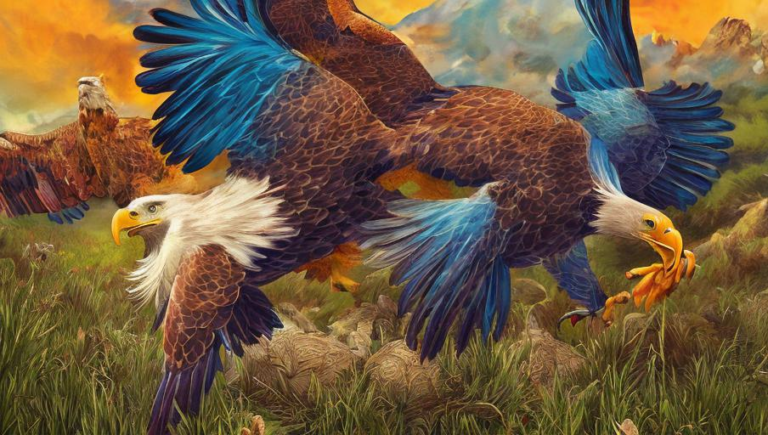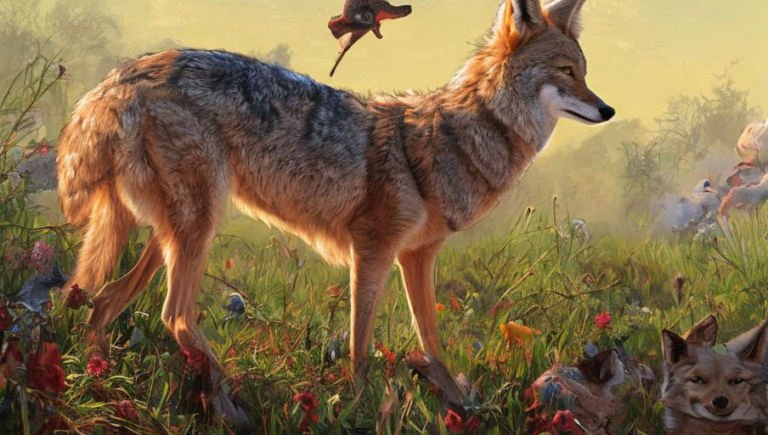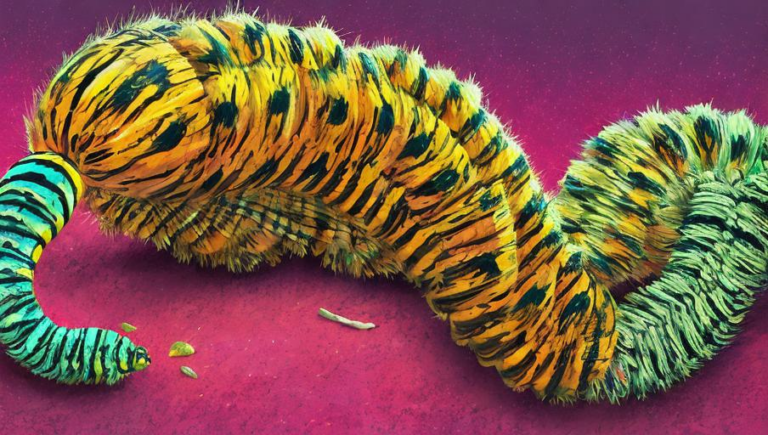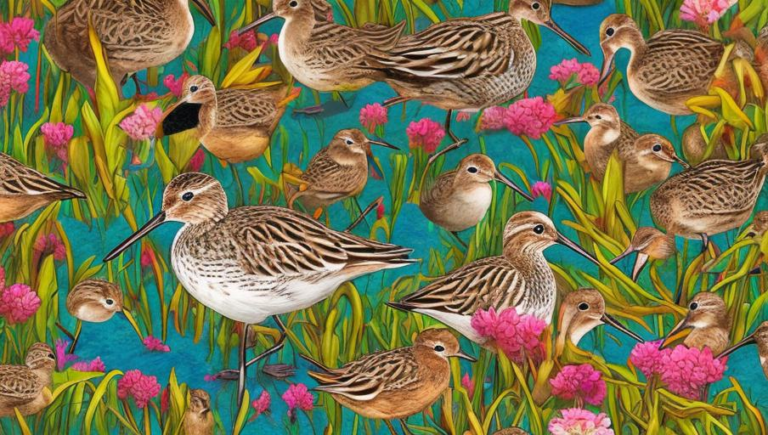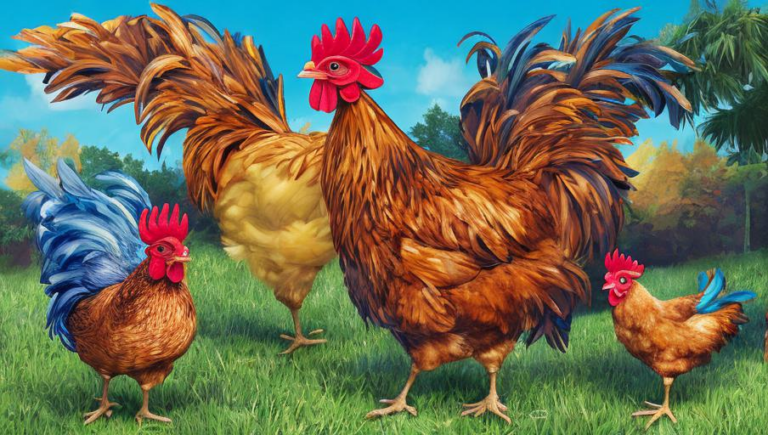Zooming in on the Chinchilla
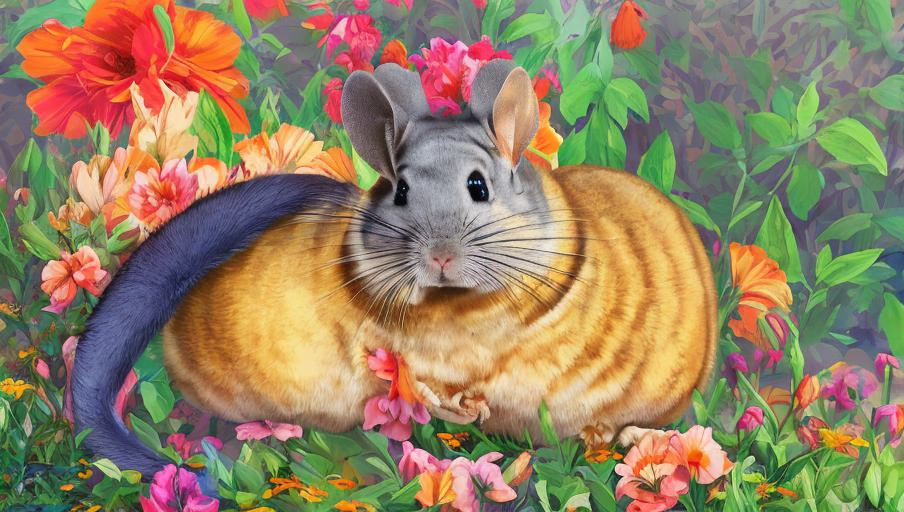
Glimpsing the Chinchilla
The chinchilla is a small rodent native to the Andes Mountains of South America. These furry gray creatures are known for their incredibly soft and luxurious fur, which is one of the reasons why they are so often farmed for their fur. However, not many people know much about these charming animals, or their natural habitats.
The Chinchilla’s Natural Habitat
Chinchillas typically inhabit rocky areas, such as cliffs and crevices, at elevations of up to 10,000 feet. They are found in arid regions of the Andes, where temperatures range from hot during the day to cold at night. Chinchillas typically live in small family groups, though they may also be solitary. They are active during the night and are well-adapted to their environment, with fur that is thick enough to keep them warm in the cold mountain air.
Diet and Behavior
In the wild, chinchillas eat a variety of small plants and insects. They are also known to eat small lizards and rodents. They are active and agile, and can jump up to seven feet in the air. They also have a unique way of communicating, by making a noise that sounds like a squeak or a chirp.
Threats to the Species
Unfortunately, the chinchilla is threatened by many environmental threats. Their natural habitats are being destroyed by deforestation and land conversion for agricultural purposes. They are also threatened by hunting for their fur, as well as by predators such as foxes, snakes, and birds of prey. Additionally, the chinchilla is listed as Endangered on the IUCN Red List due to its limited range and small population size.
Conservation Efforts
Thankfully, the chinchilla has become a conservation success story in recent years. It is now a protected species in many countries, and there are a number of organizations dedicated to its conservation. These organizations are working to protect the chinchilla’s natural habitat and have established breeding programs to increase the species’ population. Additionally, education programs are being set up to raise awareness of the importance of protecting this amazing animal.
Conclusion
The chinchilla is a unique and fascinating creature that is facing a number of threats to its survival. Fortunately, there are a number of organizations working to protect this species and its habitat. By learning more about the chinchilla and supporting conservation efforts, we can help ensure that these delightful animals continue to thrive in the wild.
